How does Wi-Fi Direct file transfer on the Surface Pro stack up to other means of file transfer?
2 min. read
Published on
Read our disclosure page to find out how can you help Windows Report sustain the editorial team. Read more

Bluetooth remains one of the most convenient ways to quickly transfer files from one device to another, and while the protocol has gotten faster and more power efficient with Bluetooth 4.0, it’s still relatively slow. Try sending 1GB worth of video over Bluetooth, you’ll be waiting a while.
We’ve since fallen back to the ever so reliable USB thumbstick to handle the heavy lifting, but that’s a several step process of copying, switching devices, and pasting. Not that big of a deal particularly with “SuperSpeed” USB 3.0 and a relatively new (and immature) contender in the mobile consumer space; Wi-Fi Direct.
The real question is of course, how fast is Wi-Fi Direct in real-world applications? And how does it compare to existing means of file transfer in terms of not only speed, but ease of use/convenience? Today we put Wi-Fi Direct to the test.
Using the Microsoft Surface Pro 2 as the host PC, Wi-Fi Direct was used via the ‘Send my Files’ app available on the Windows Store. A 1.5GB file was then sent over Direct to another Windows 8.1-based PC that supports the protocol. The test was then repeated over Bluetooth 4.0, USB 3.0, and USB 2.0. See the results below.
Compared to its wireless counterpart, Wi-Fi Direct took just over 9 minutes to complete the transfer verses the 2 hours it took using Bluetooth 4.0. While it couldn’t match the speeds of USB 2.0, let alone USB 3.0, Wi-Fi Direct is a viable method of transferring large files wirelessly.
The protocol becomes especially convenient when transferring smaller files, this was tested by repeating the same process mentioned earlier, but with a 20MB file.
The results are much closer this time. Clocking in at 7.7 seconds, Wi-Fi Direct was just over a second slower than USB 2.0, and keep in mind, USB speeds did not include the time it takes to safely disconnect the drive, and plugging it into the second PC to initiate the copy process. So you could argue that Wi-Fi Direct is faster overall.
Microsoft’s next task is to make transferring files over Wi-Fi Direct as native and as easy as it is with Bluetooth. Give Direct a try, let us know what your experiences with it are. Note that you must have Wi-Fi Direct supported devices to use it.
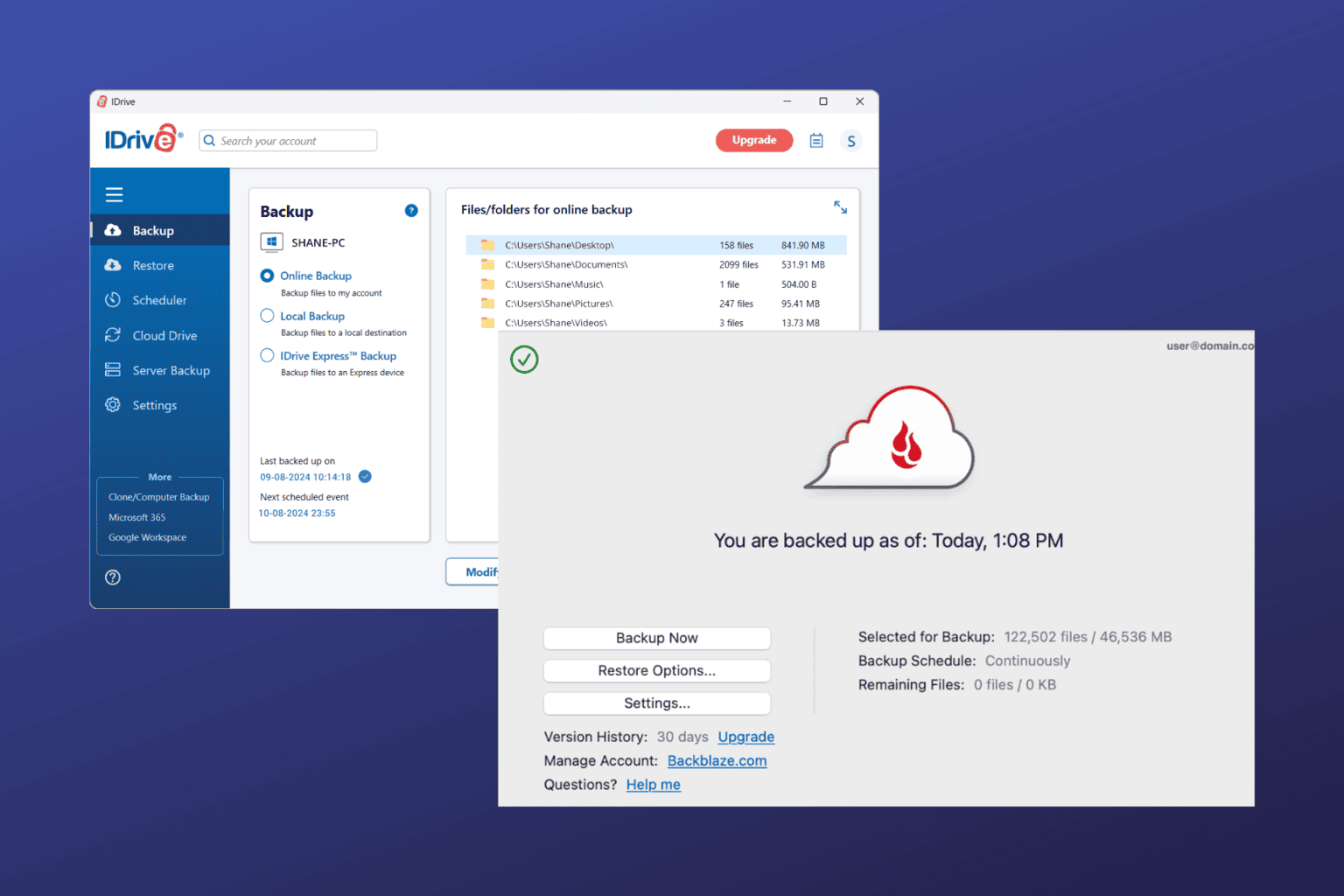
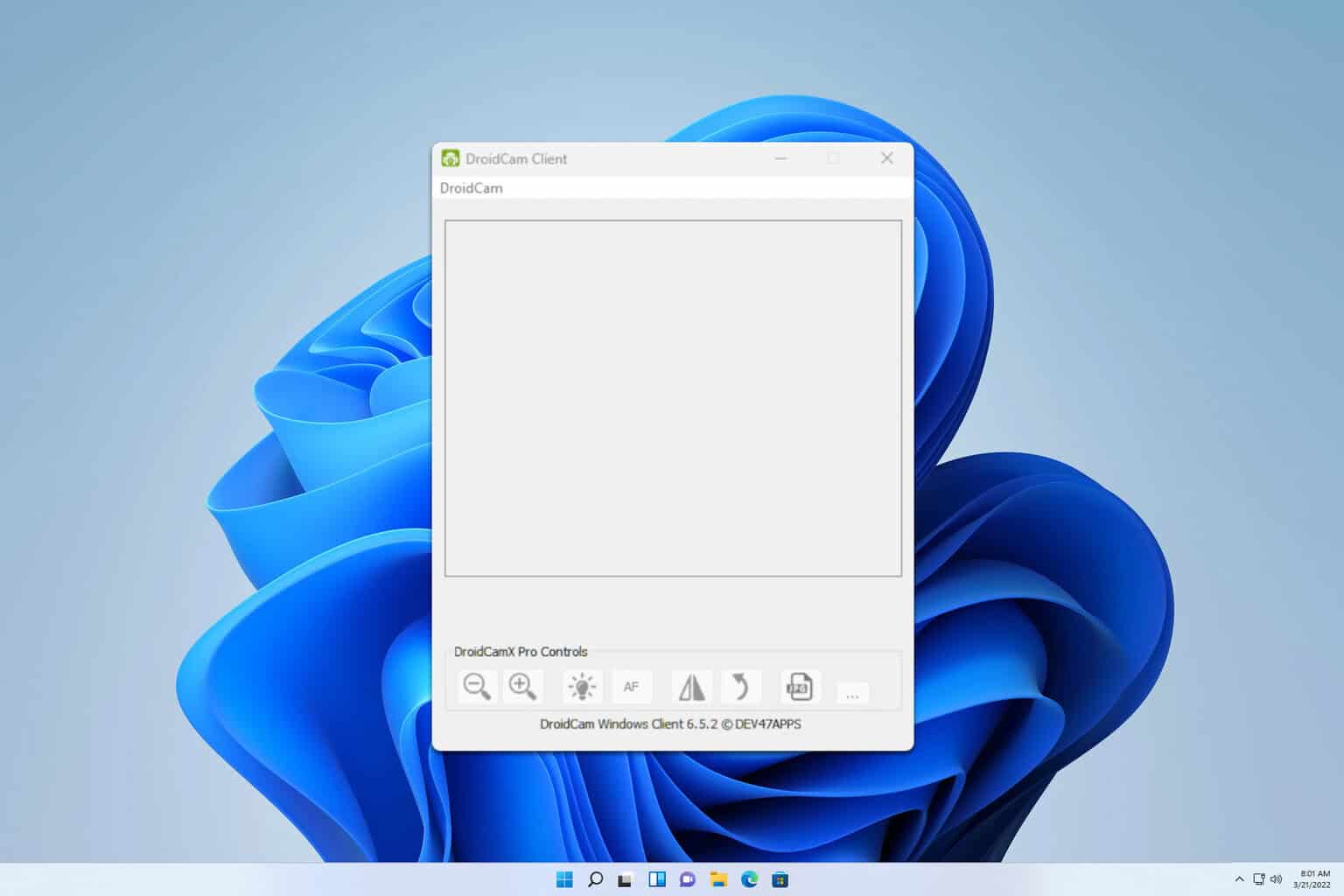
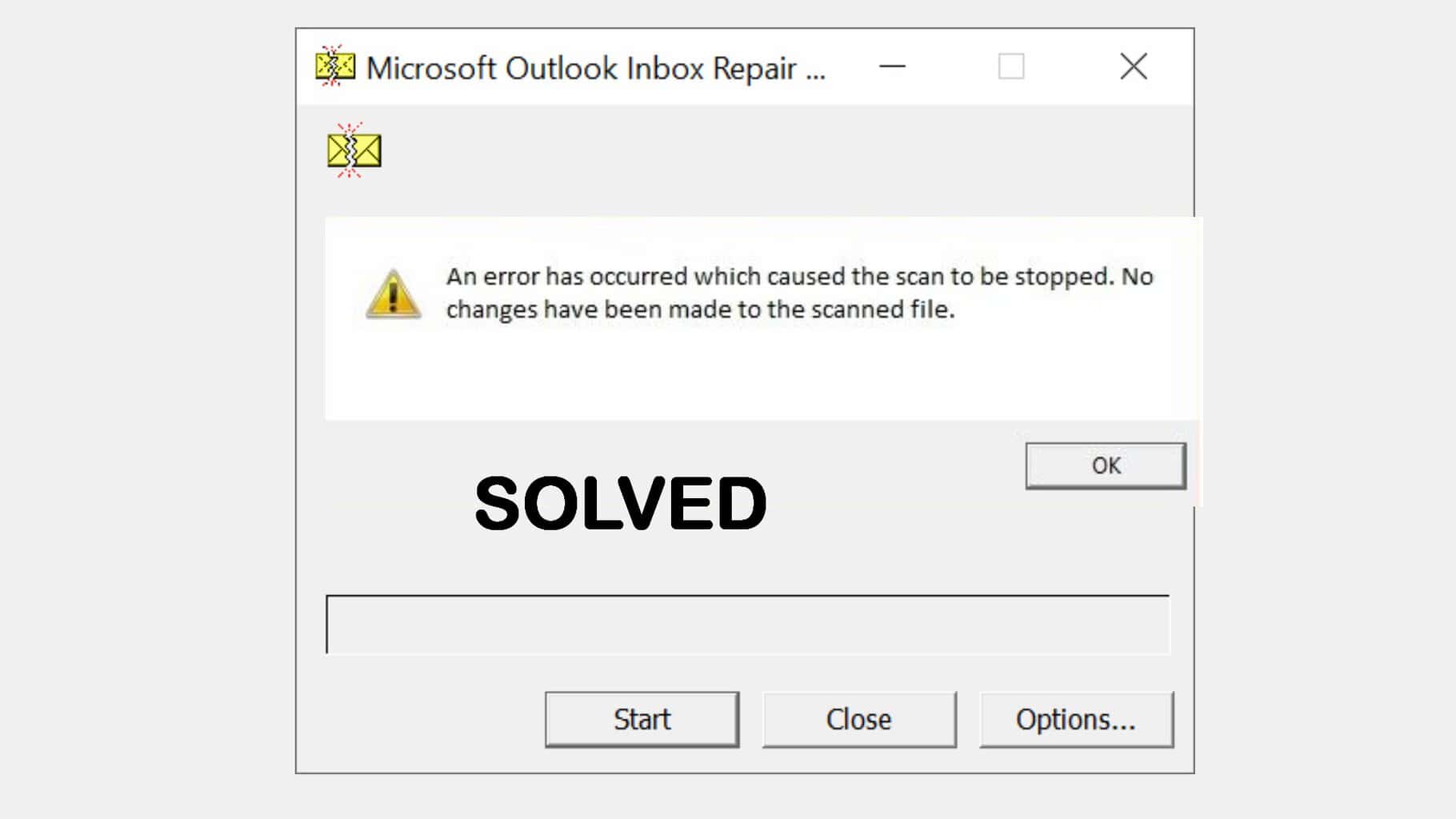


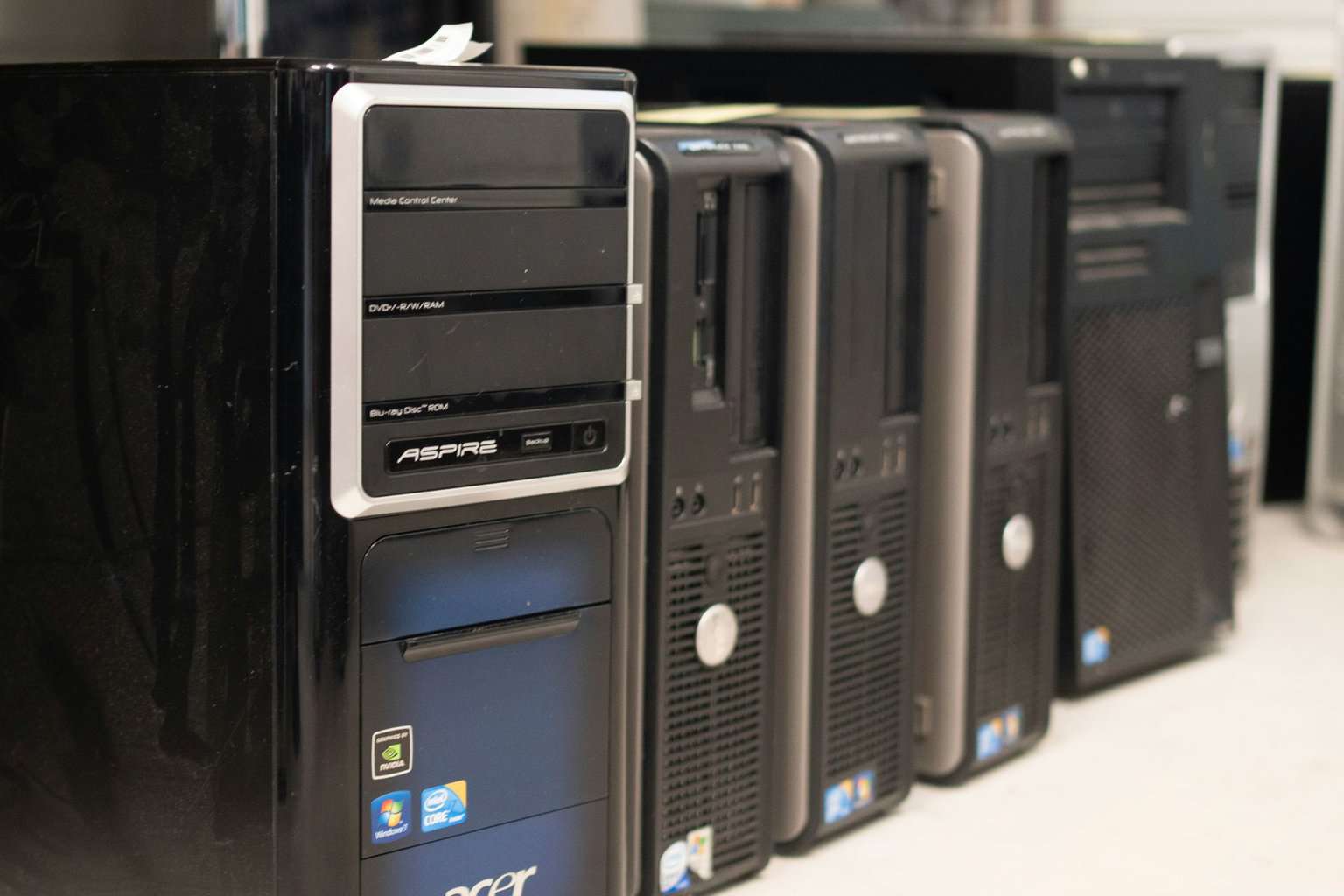
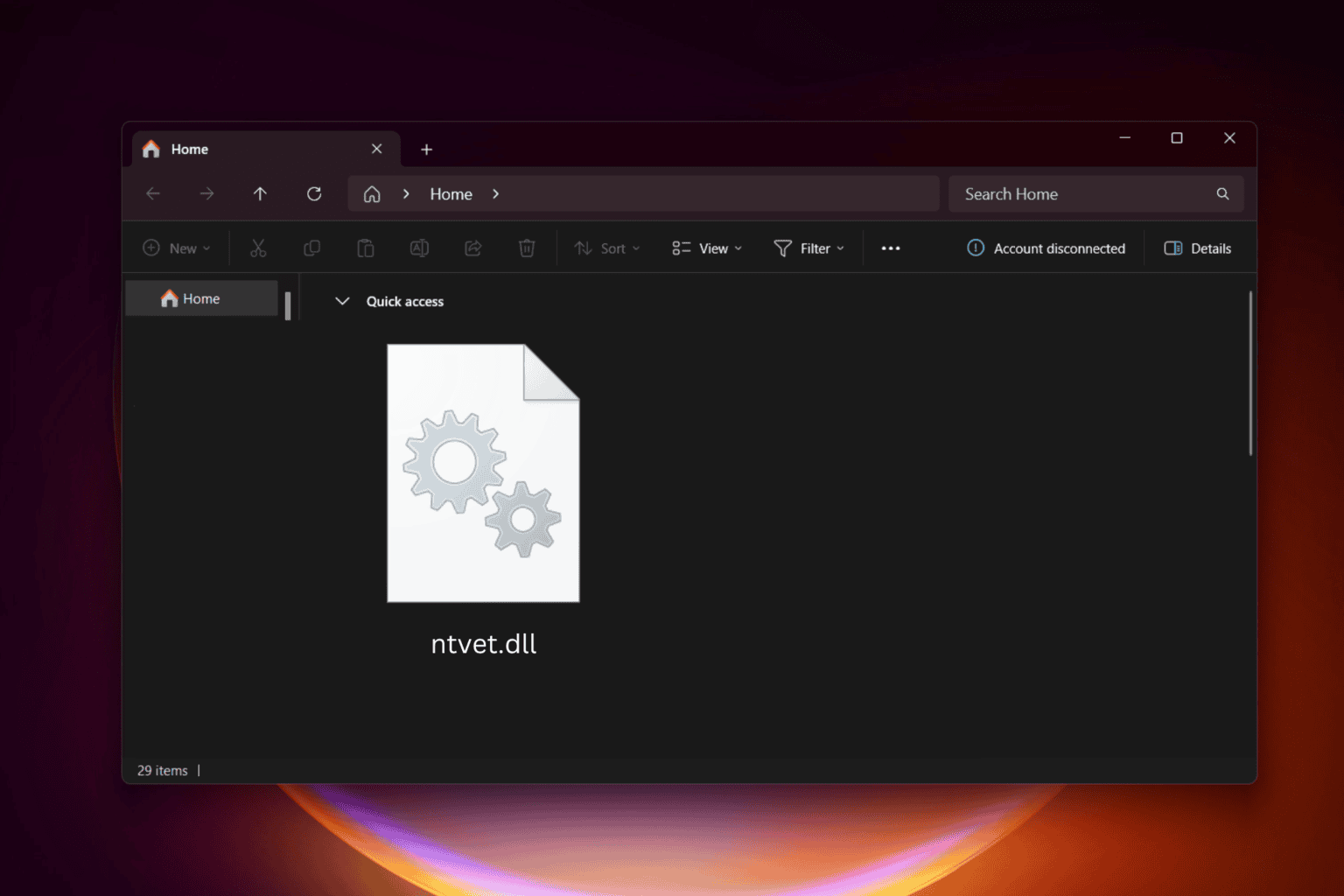
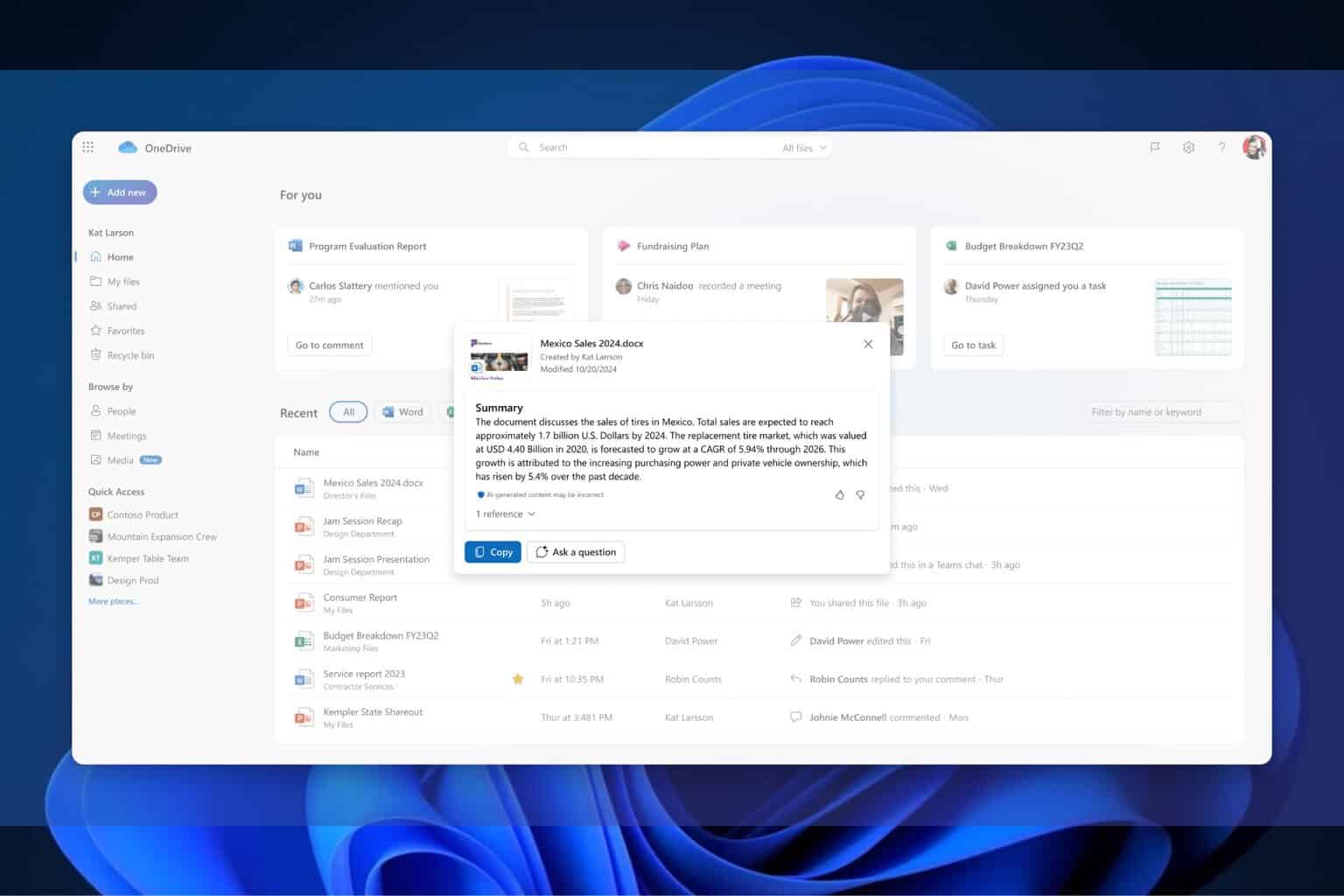
User forum
0 messages